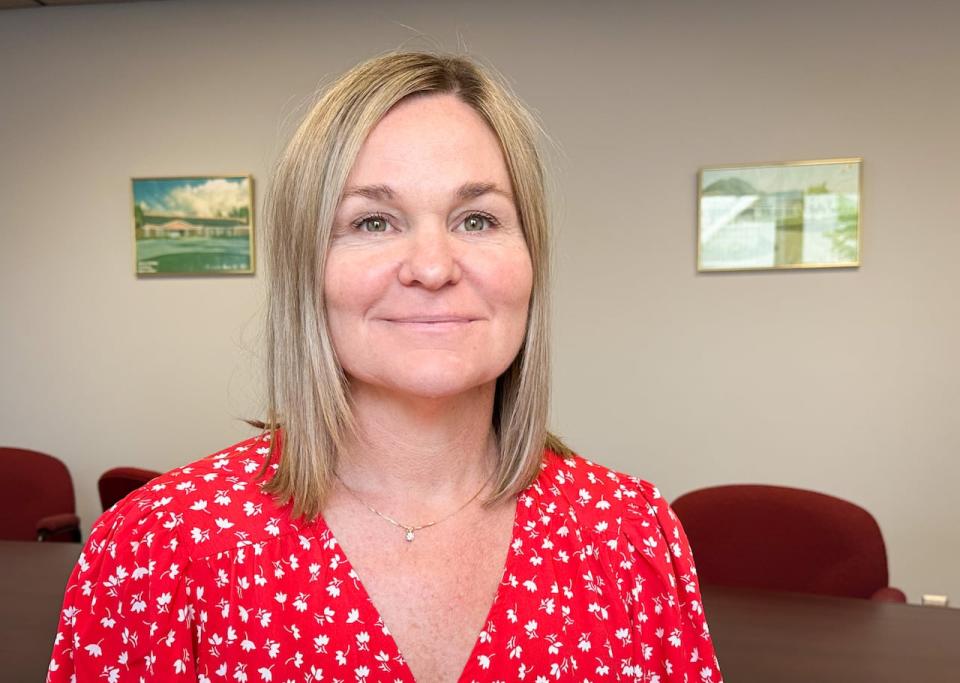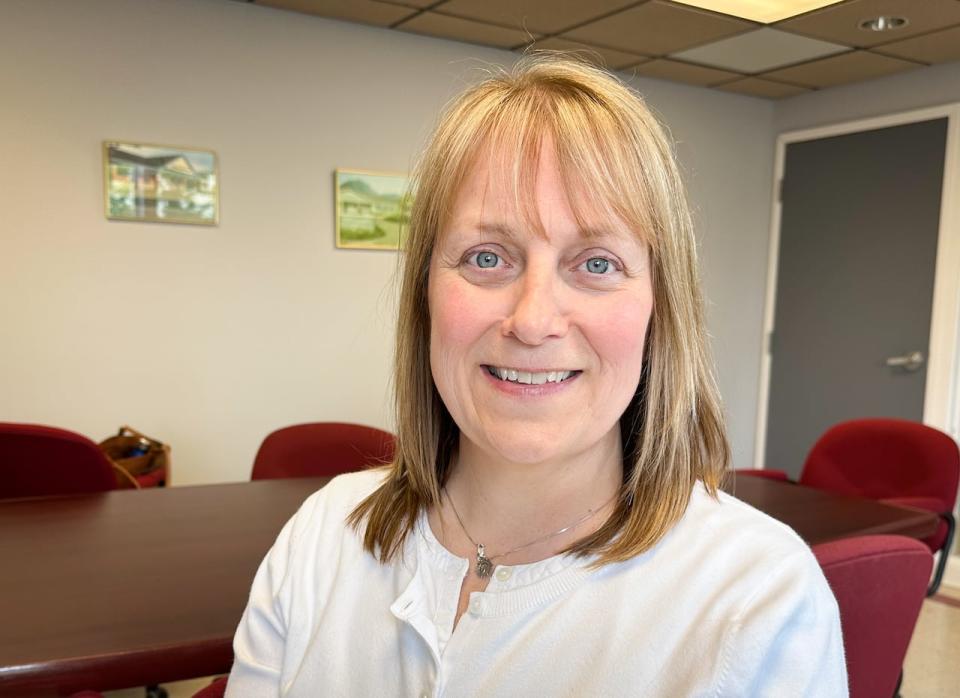Poverty, mental health keeping secondary students out of Cape Breton-Victoria schools
Nova Scotia teachers, principals and education officials are trying a variety of ways to get kids back into class after the COVID-19 pandemic disrupted in-school learning and cut attendance rates across the country.
In the Cape Breton-Victoria Regional Centre for Education, an average of one in five high school students is absent on any given day.
While the numbers have improved every year since facilities shut during the 2020 lockdown, progress has been slow and Cape Breton-Victoria's absenteeism rate is the highest of any region in the province.
Marlene Urquhart, principal of Riverview High School in Coxheath, said one reason is young people experiencing anxiety about crowded social settings.
Poverty is also a significant factor, with some students choosing to work instead of coming to class, she said.
"COVID's been really difficult and I don't know if we realize how difficult it has been on kids," Urquhart said. "I think now absenteeism has become normalized, I guess. [That's] not good or bad. People are just trying to survive and sometimes it's just, they have to do what they have to do."

The province has hired extra staff, including student attendance specialists and "alternate education" teachers to help schools reach out to students and their families with the aim of getting as many as possible back in class.
Urquhart said that means finding the individual reasons kids are not in school and coming up with creative ways to get them back in class.
It could even mean speaking with medical professionals and social workers.
Glace Bay High principal Tanya Jamieson said in one case, she spoke with a Grade 9 student who was chronically absent and found out they had been staying home to look after siblings.
"They're stepping up to the plate when maybe they're just really too young to be doing so, and then trying to navigate school," Jamieson said.
For many students though, the pandemic's disruption of schooling eased their social anxiety and they are pushing to continue with virtual learning so they don't have to come back to class.
"That's what they're finding the hardest to do right now, is to come to school, to be in a classroom, to navigate crowded hallways," Jamieson said.
"That social piece that's so important is what a lot of them are struggling with."
Chronic absenteeism nationwide
A nationwide CBC News analysis of school attendance rates this spring found that students in the Halifax region, like many across the country, have been chronically absent since the pandemic, meaning more than 10 per cent of the student body is not in school.
Nationally, the numbers were worse for elementary and middle school students. But in Nova Scotia, those age groups are doing much better than the older students.
New provincial data from the Education Department show Halifax region attendance dropped from 92 per cent before the pandemic to about 85 per cent the following year.
Earlier this month, that number had bounced back up to nearly 87 per cent.
Absenteeism in the conseil scolaire acadien provincial has never been chronic. On average, nearly 95 per cent of CSAP students were in school before the pandemic. That dropped to just over 90 per cent last year and has increased to nearly 93 per cent this year.
Data from the Cape Breton-Victoria region show that attendance dropped to 78 per cent in 2021, increased to 79 per cent the following year and as of last month, reached 81 per cent, meaning nearly 20 per cent of students are not in school.
Urquhart said those numbers should be better.
"We're not happy with 20 per cent, but we have to be happy with the improvement since COVID," she said.

Urquhart and Jamieson said students are logging more sick days now than they were before the pandemic, but so far, absenteeism has rarely resulted in loss of credit or affected graduation rates.
Riverview has even begun "buying back" absences from some students who need an incentive to get back into class, Urquhart said.
The student and parents sign a contract with the school and if the student's attendance rate improves to a certain level, some absences are taken off the books.
"We'll do anything, really, to keep them in [school] and I'm not sure if people realize the work that schools do every day to keep our kids in," Urquhart said.
"Do we get it right all the time? No, we don't, but we're really flexible and we really talk to each other about, how do we do this?"
Weather events haven't helped
Riverview has nearly 1,000 students, with 300 on individual plans aimed at keeping them in school.
Both principals said weather events have not helped since the pandemic. Hurricane Fiona in 2022 and a major snow storm earlier this year both disrupted classes, setting back efforts to keep kids in school.
"I find that the continuity for kids, we get them going and then something stops and we have to re-engage everybody again," Urquhart said.
MORE TOP STORIES

 Yahoo News
Yahoo News 
